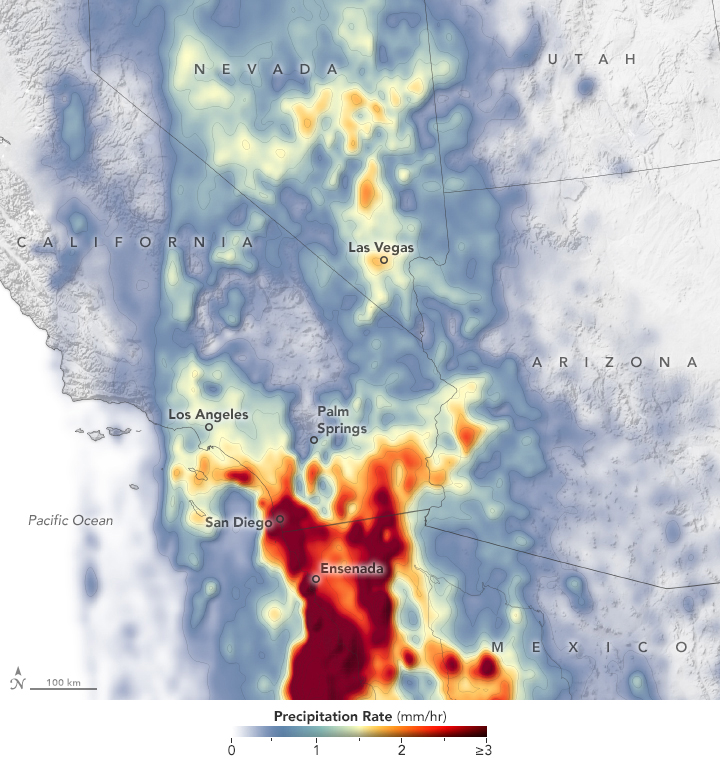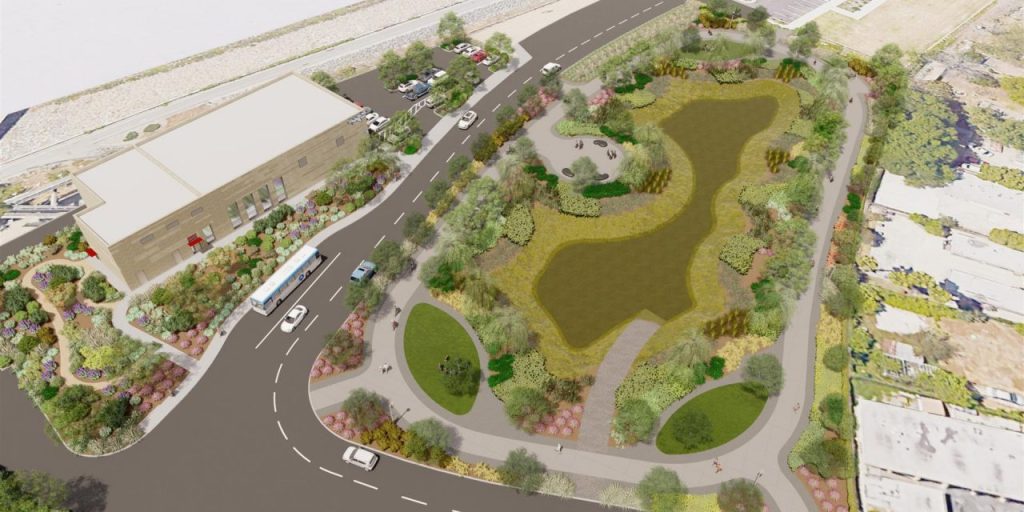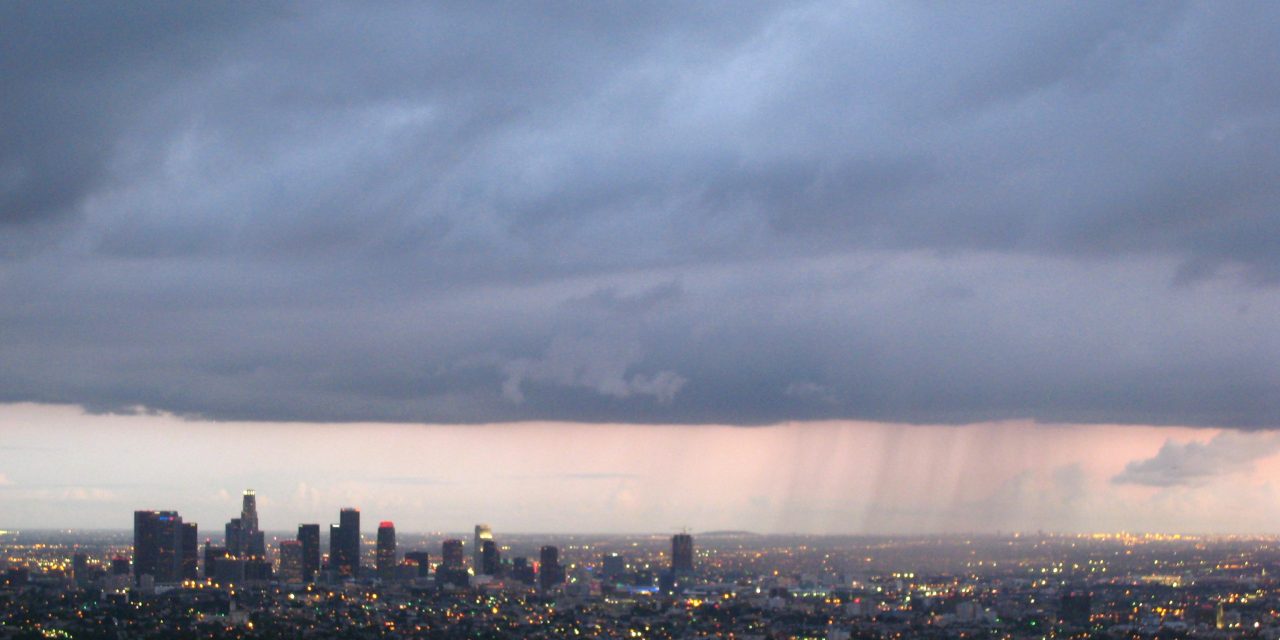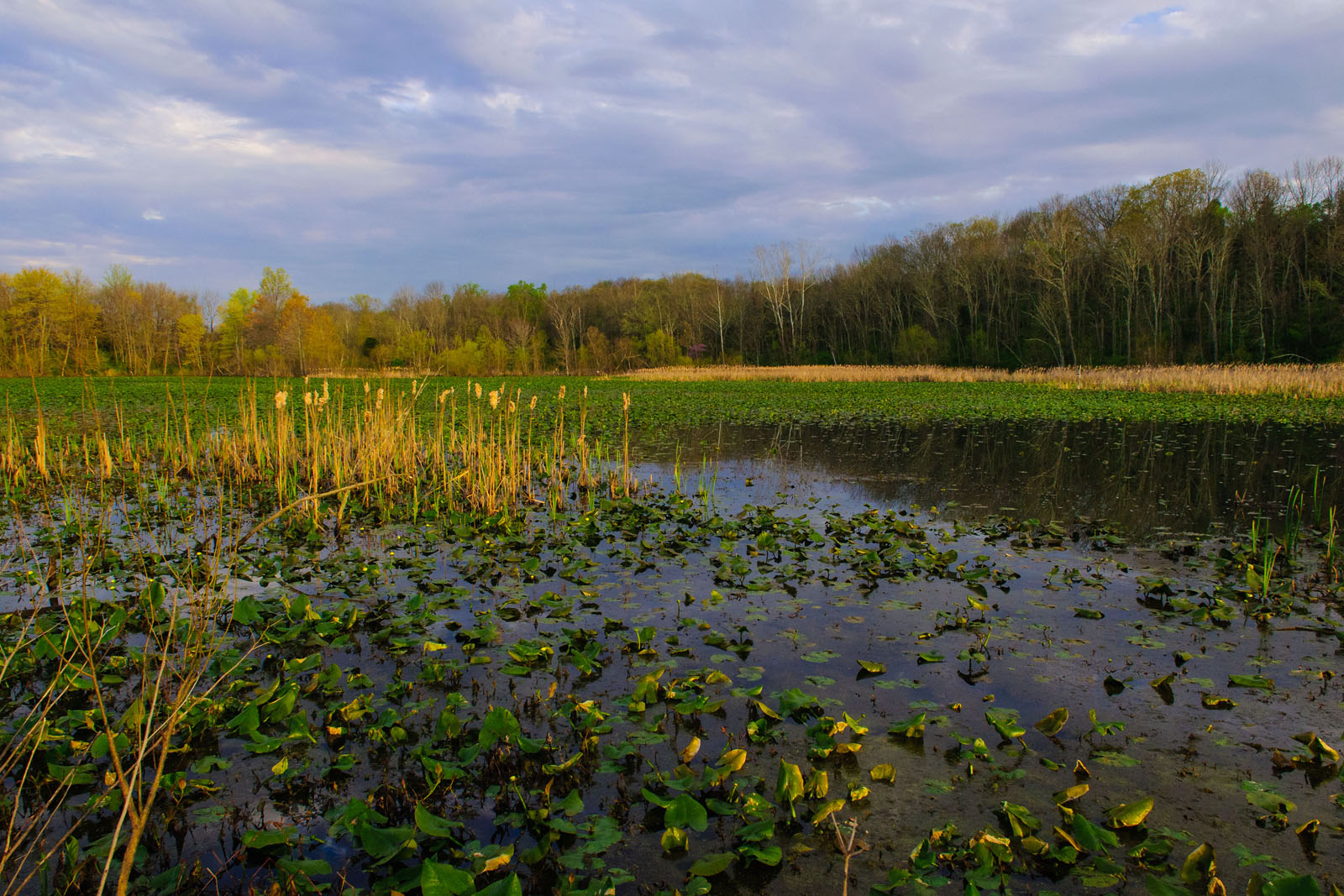Although Tropical Storm Hilary proved less destructive than forecasts indicated when it surged across Southern California and upward through Nevada on August 20, the downpour took its place in history as one of the region’s wettest storms on record. Hilary shattered several single-day summer precipitation records for cities in California, including in San Diego, Los Angeles, and Palm Springs. In a matter of hours, Hilary delivered more rain to Death Valley than the region typically receives in a year. Although the storm largely had dissipated by the time it drifted past California, it now is considered the wettest tropical storm ever recorded in Nevada, Idaho, Montana, and Oregon.
For water agencies in Los Angeles County, which in recent years have invested millions in regional projects to improve stormwater capture capabilities, the unseasonably intense storm brought benefits as well as hazards.
The aftermath still was being assessed as of August 29, but Los Angeles Department of Water and Power spokesperson Bowen Xie tells Stormwater Report that infrastructure within city limits alone captured approximately 13 million m3 (10,500 ac-ft) of water from Tropical Storm Hilary — enough to meet the needs of roughly 40,000 households for a year.
Hilary Shatters Rainfall Records
Anticipating Hilary’s arrival and likely travel path before it made landfall, forecasters urged officials in California and surrounding states to prepare for the worst.

California Governor Gavin Newsom proclaimed a state of emergency on August 19, mobilizing thousands of emergency response personnel, fast-tracking new pumps in flood-prone areas, and evacuating particularly vulnerable populations within the storm’s likely path. In Los Angeles, eight emergency shelters hurriedly opened their doors as the U.S. National Hurricane Center issued its first-ever tropical storm watch for Southern California, predicting that the storm would deliver more than a year’s worth of rain to the region in a matter of hours.
Hilary made landfall as a Category 1 hurricane in the Mexican state of Baja California Sur on August 20, causing catastrophic flooding as well as at least one fatality. It briefly drifted back out to the Pacific Ocean, where it weakened considerably before re-emerging as a tropical storm just north of the U.S.-Mexico border later that evening. That made Hilary the first tropical storm to affect Southern California — which is currently in the thick of its annual dry season — in more than 80 years.
Dramatic videos showing flooded roads and mudslides continued to surface online throughout Hilary’s duration. Some cities, such as Palm Springs, temporarily lost access to 911 communication lines. In all, AccuWeather estimates that Hilary caused as much as USD $9 billion in damages and economic loss, making it one of the most costly storms in the region’s history.
Ambitious Investments Reap Rewards
Los Angeles’ stormwater-capture performance during Hilary results in large part from the Los Angeles County Flood Control District’s Safe, Clean Water Program (SCWP), a fund that has supported the design and construction of more than 250 stormwater projects throughout Los Angeles County that collectively are valued at more than USD $1.3 billion.
SCWP was established in November 2018 after Los Angeles County voters passed “Measure W” — a USD $0.27/m2 ($0.025/ft2) parcel tax on all impermeable surfaces within the boundaries of the Los Angeles County Flood Control District. Collected from the most populous county in the U.S., which contains more than 2.1 million taxable parcels, the tax provides SCWP with approximately USD $280 million each year earmarked specifically for stormwater management projects. Half of these funds are allocated to Los Angeles County to support regional-scale interventions, while 40% is dispersed among the 86 municipalities within the district to support local-scale infrastructure. The remaining 10% goes toward public water-conservation education, water workforce development, and program management.

According to figures from the SCWP website, new stormwater infrastructure built since the passage of Measure W has enabled the capture and reuse of nearly 74 million m3 (60,000 ac-ft) of stormwater each year on average, more than half of which is collected from the Upper Los Angeles River watershed. Notable capture-and-use projects include adding onsite collection and treatment capabilities to schools, parks, and recreation centers. SCWP also supports the construction of innovative stormwater treatment facilities such as the Long Beach Municipal Urban Stormwater Treatment Project, scheduled to begin operations next year.
In addition to SCWP-funded infrastructure projects, other recent efforts to better manage stormwater runoff helped the city’s response to Hilary. For example, the Los Angeles County Department of Public Works estimates that its Ballona Creek Trash Interceptor 007 project prevented more than 7,250 kg (16,000 lb) of trash and debris mobilized by the storm from reaching Santa Monica Bay and the Pacific Ocean. The Ballona Creek Trash Interceptor 007, which results from a first-of-its-kind partnership between the county and The Ocean Cleanup (Delft, The Netherlands), is a fully automated, solar-powered barge deployed at the mouth of one of the city’s most pollution-prone waterways. At no cost to Los Angeles taxpayers, the interceptor drastically has reduced the city’s contributions to marine waste related to major storms since its installation in October 2022.
Top image courtesy of Nathan Gibbs/Creative Commons

ABOUT THE AUTHOR
Justin Jacques is editor of Stormwater Report and a staff member of the Water Environment Federation (WEF). In addition to writing for WEF’s online publications, he also contributes to Water Environment & Technology magazine. Contact him at jjacques@wef.org.





